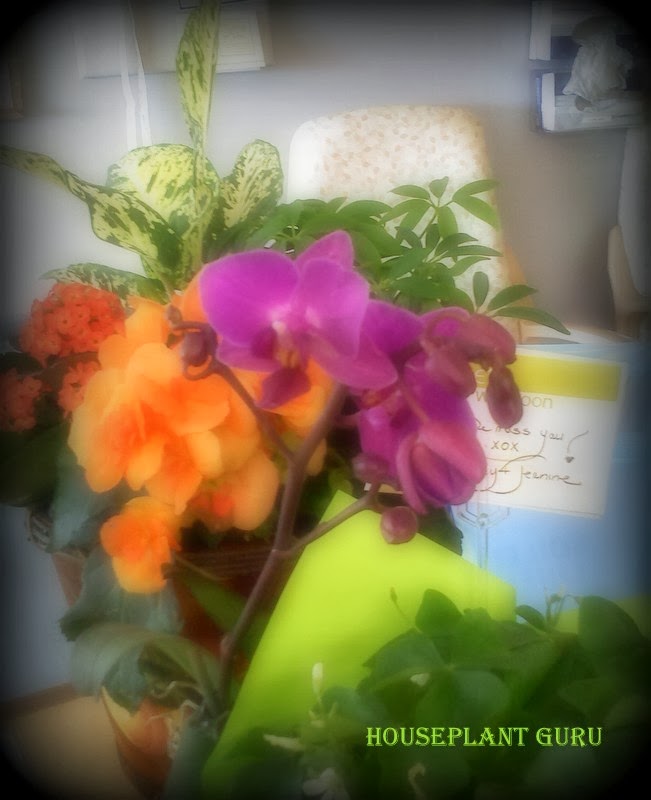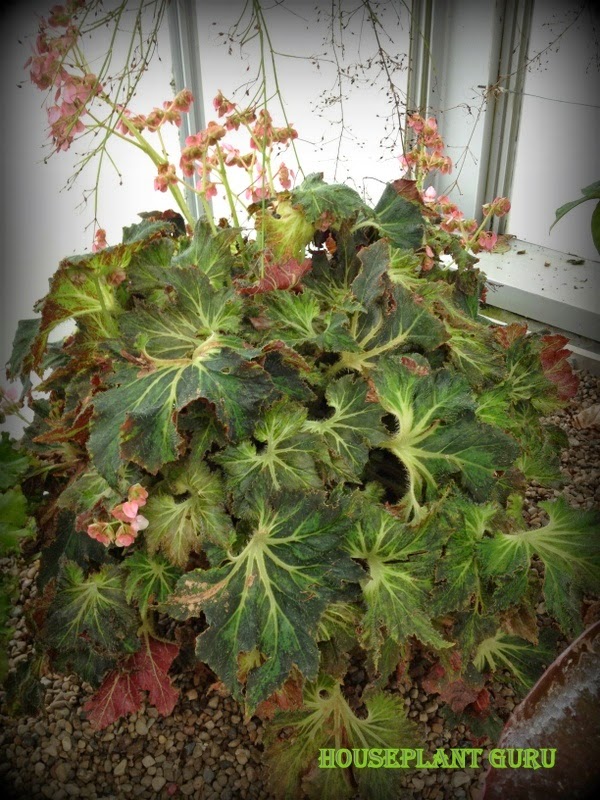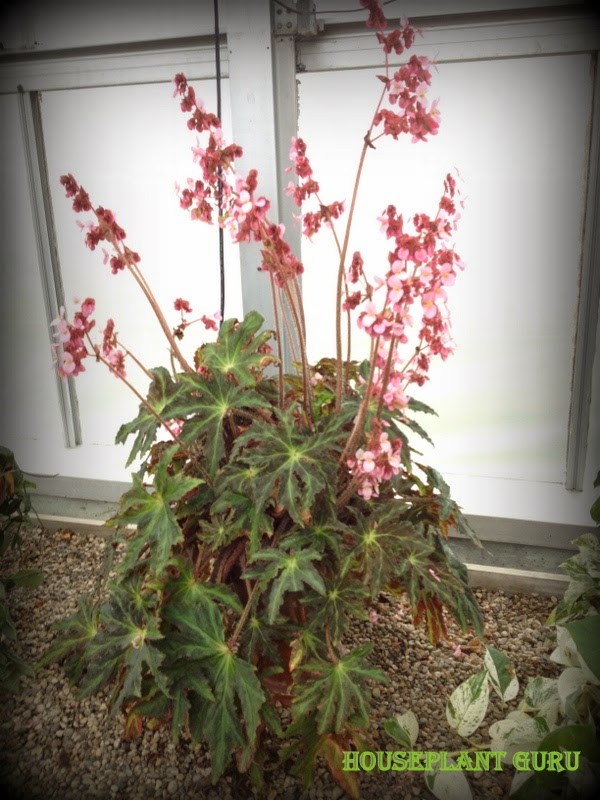![]() |
| Book by Elvin McDonald co. 1976 |
Okay, I’m not suggesting that you cancel your therapist appointment or stop taking your anti-depressant, but plants can help with the everyday stress we all have. I have a magnet on my refrigerator that reads “I most often find that happiness is right where I planted it.”
That is so true! My favorite thing to do is groom my houseplants; repotting them, cleaning them, and pruning off any dead leaves. It’s a soothing, rewarding hobby (obsession?) for me. What can plants do for us, other than provide food, shade, oxygen, and clothing? Plants can improve moods, make one more productive, and relax us.
Does this all sound too good to be true? Does it sound like a bunch of mumbo jumbo? Well, I’m not making this up. People go to college to get degrees in Horticultural Therapy. Michigan State University gave the first undergraduate degree in Horticulture Therapy in 1955. Where did this concept come from? In the late 1950’s, Alice Burlingame established horticultural therapy programs with volunteers from garden clubs, and taught classes at the Pontiac State Hospital for their employees. The American Horticultural Therapy Association defines horticulture therapy as, “a process utilizing plants and horticultural activities to improve social, educational, psychological, and physical adjustment of persons thus improving their body, mind, and spirit.”
How many plants and flowers have you taken to people in the hospital? It’s the normal practice, but why? If you’ve ever been in the hospital, you know that when visitors arrive with plants or flowers, it brightens your day. Many hospitals now have beautiful atriums filled with plants where patients and their families can go to relax, recuperate, and meditate.
![]() |
| University of Michigan atrium |
When I had surgery at the University of Michigan Hospital, I was wheeled down to the atrium many times. Hospitals are so white and sterile and cold. Going to a place filled with the sound of water, the green of plants, and the aroma of soil made all the difference. It made me feel at home, and many other people were there enjoying it as well. Of course, my friends filled my room with plants (not cut flowers) as they know I can’t live without a plant or two (or 500) around me.
![]() |
| U of M atrium |
![]() |
| Hospital plants or therapy as I saw it. |
![]() |
| Hospital plants |
![]() |
| Hospital plants and a bird too. |
![]() |
| Atrium at Henry Ford West Bloomfield hospital |
The new Henry Ford Hospital in West Bloomfield also has incorporated a beautiful atrium into its newly built hospital. I talked to Rebekah, the Director of Public Relations, and she informed me that it contains over 3000 plants and was installed as a place for people to visit and relax in. The hospital has also installed a greenhouse on the grounds where they grow vegetables and herbs hydroponically for use in their restaurant and inpatient food program. Horticultural therapy is also practiced in the greenhouse with some patients.
![]() |
| Henry Ford hospital atrium |
While visiting New York this spring, my daughter and I visited her friend living in Brooklyn. She had left friends and family to start a new job. She had one small plant in her apartment and we joked about the fact that she would call out to it when she walked in the door, “Honey, I’m home!” Everyone needs another living thing to talk to, even if it is a plant. Of course, while at the New York Botanical Garden, I bought her another “friend”.
![]() |
| New York Botanical Garden gift shop |
As a young mother with a husband working 60-80 hours a week, I found that I needed to get out of the house and interact with other adults. I found a local garden club, of which I’ve been a member for over 20 years. Joining a garden club or plant society brings like-minded people together to discuss their gardens and plants. I have made many new friends by becoming a member of these groups. They usually meet once a month and I look forward to these evenings spent talking about plants with people who are as crazy about them as I am, and sometimes even more so, if that’s possible. One of the many programs my garden club is involved in is a program called Garden Therapy. The members of the garden club go into the special needs classrooms in the Farmington Hills area and make a craft with the children once a month. These crafts always incorporate some form of plant material. It is a rewarding project for the members and the kids get so excited when they see the “garden ladies” coming.
![]() |
| Corner of my greenhouse (Makes me happy) |
Plants in your home are like infants. They depend on you for all their needs, including water, fertilizer, and light. If you take care of their needs, they will reward you with healthy new growth. If they are neglected, they will be dusty, diseased, and probably infested with pests. There is nothing sadder than a poor, dirty, neglected, sick plant. I’ve encountered many of these, mostly at restaurants, and offices and even in people’s homes. Little do they know that that taking care of these plants would probably make their lives more fulfilled and happier, say nothing about the way their plant would feel. Many studies have been done, proving that plants can reduce stress and anxiety, improve moods, improve your sense of personal worth, and increase the sense of pride and accomplishment. All this being said, why wouldn’t you want to try growing a plant? Whether it’s at home or on your desk at your office, nurturing a plant, can in turn, nurture you!

































































